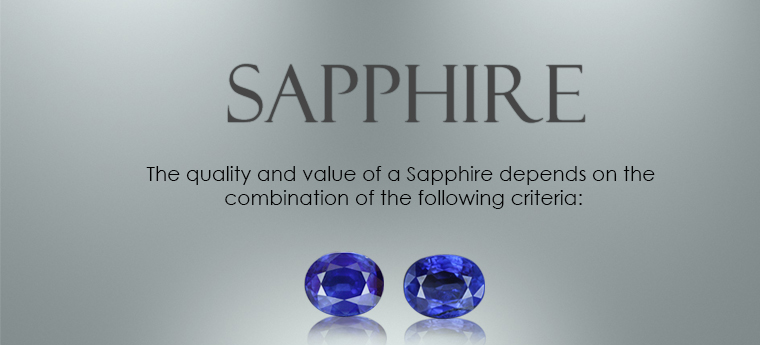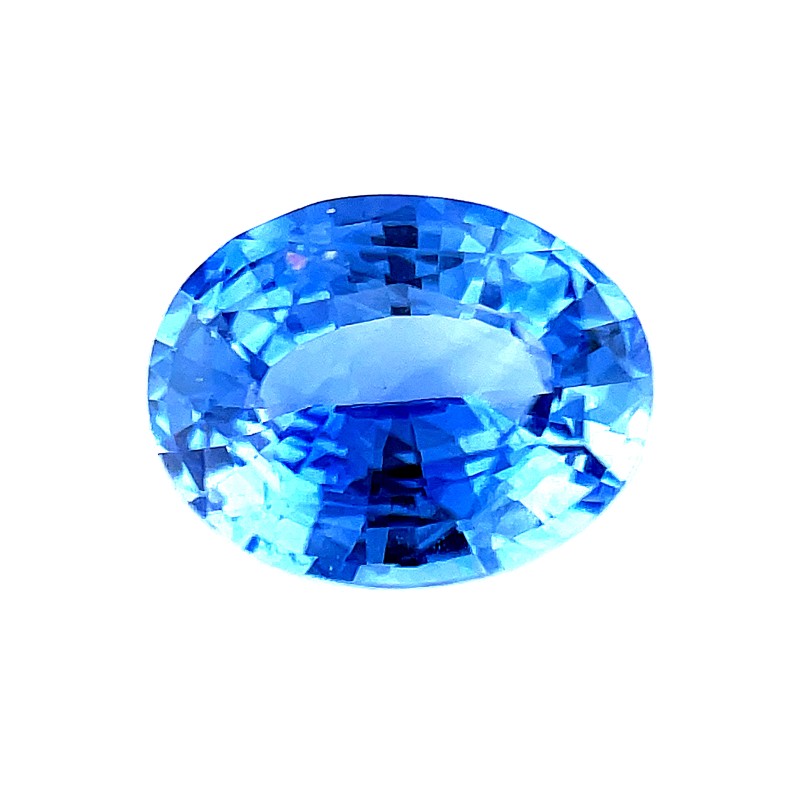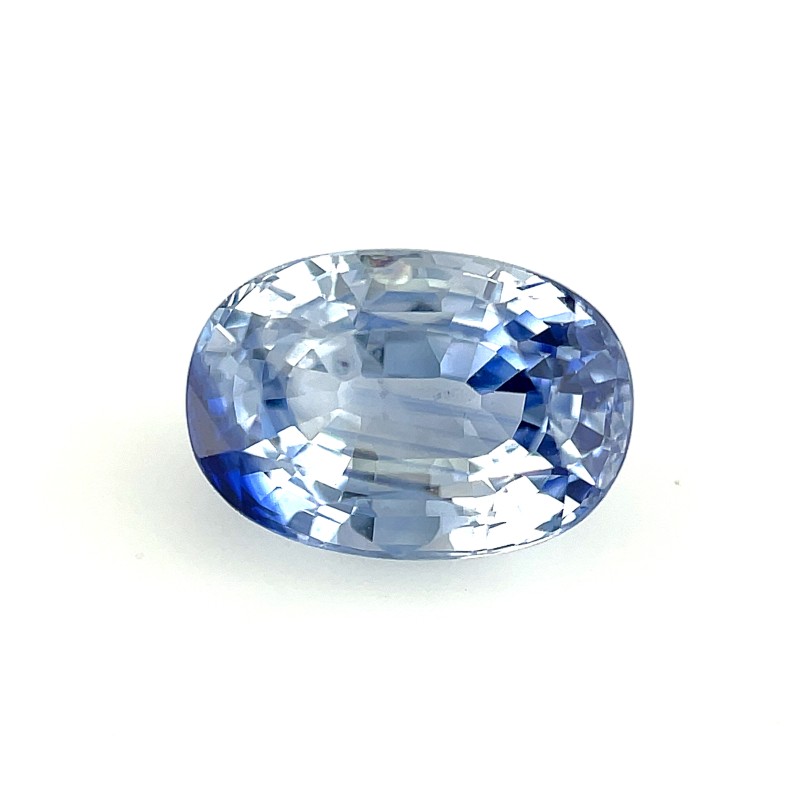
Sapphire buying guide
Carat
A Sapphire weight is measured in carats, i.e., 5 carats = 1 grams. Berng equal, greoter carat weight and rareness of the sapphire are other factors that increases/decreases a sapphire’s value. Illustrated below is the approximate appearance of a well cut oval shaped sapphire for a given carat weight.
Shape and cut
To optimize the natural rough, sapphires are cut into a wide variety of shapes such as those illustrated below.
Profile
Cut refers to the accuracy of angles, proportions, symmetry and polish of the sapphire. It greatly affects how light travels within the sapphire, and how it reflects in the form of brilliance.
Colour
Colour is a matter of personal preference. Sapphire varies in colour depending mainly upon their titanium and iron content. Therefore, sapphires from different countries* and mines have different predominant colours. Primarily blue, sapphire range from dark and purplish shades to greenish and yellowish ones. But a natural colour will always have a greater value than an equivalent colour obtained by heating or other processes.
*Main countries where sapphire is mined: Afghanistan, Cambodia, India, Kenya, Madagascar, Myanmar (Burma), Pakistan, Sri Lanka (Ceylon), Tajikistan, Tanzania, Thailand (Siam), Vietnam and Mozambique.
Inclusions
The clarity of a sapphire is determined by the number, size and positions of inclusions which are natural materials present in the stone. They reflect its fascination geological aspects. There may be presence of the fissures, fractures and cavities which affects the clarity of sapphire both internally and externally.
Transparency
Transparency refers to the ability of a sapphire to transmit light. It is affected by the quantity or absence of opacity and brilliance present in the stone.
TAG Buy sapphire, how to buy sapphire, good sapphire, sell sapphire, sapphire buying guide, buying sapphire tips, sapphire. grading, Beginner guide.















